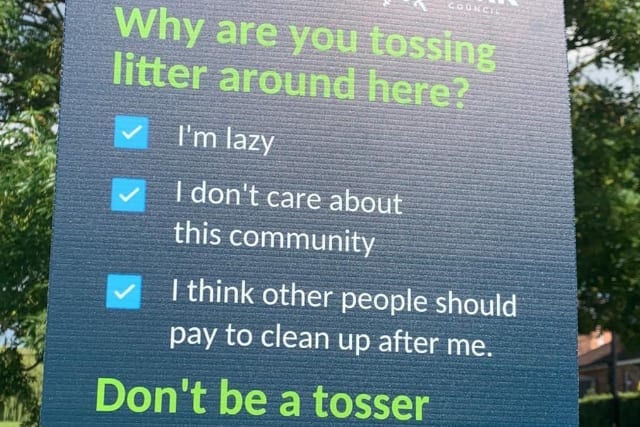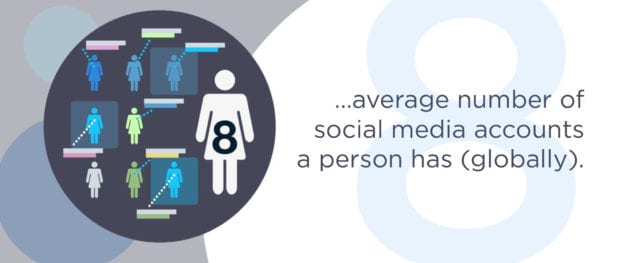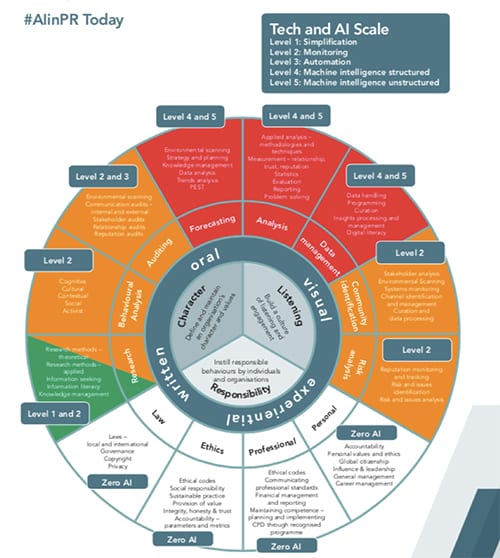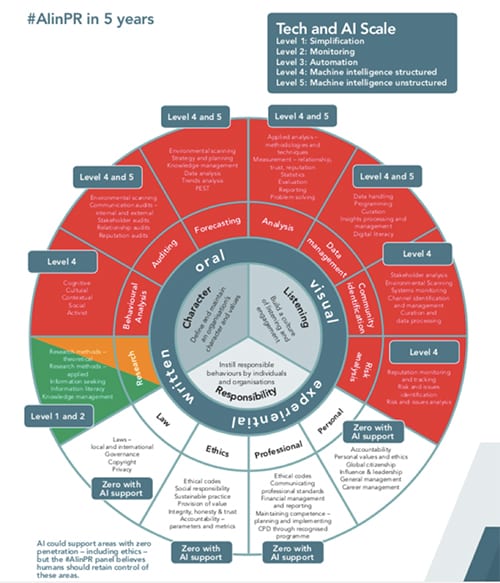 Very occasionally we see an advert or campaign that stops us in our tracks: something that resonates, speaks our language, and makes us sit up and listen.
Very occasionally we see an advert or campaign that stops us in our tracks: something that resonates, speaks our language, and makes us sit up and listen.
Surprisingly, it doesn’t happen as often as it should – especially when the aim is behaviour change.
Maybe that’s because there’s so much noise out there: we have become partially deaf and blind to the millions of messages we see every day.
Perhaps, many are bland, exactly the same as what’s gone before. Or, perhaps, they are not actually speaking our language at all.
Hats off then to City of York Council, which has knocked the ball out of the park with its anti-litter campaign.
Bold, brave and brilliant, it talks directly to the litter louts, uses a language they recognise, and ultimately shames them into changing their behaviour.
Hitting the right buttons
This campaign does everything a good campaign should. It:
- Identifies its audience ✅
- Understands how they think ✅
- Speaks their language ✅
- Uses clear messaging ✅
- Tells people what to do ✅
- Results in a change of behaviour ✅
Most people want to do the right thing and want to be seen as a good person. We want to fit in.
Nobody wants to be classed as the village idiot, or a ‘tosser’, as in this case. It’s just not cool.
And nobody wants to be the butt of the joke. And with this campaign, litter louts are certainly that.
It will have a far greater impact than simply asking people to put their litter in the bin.
Dare to be different
Direct, head-turning campaigns, such as this, are more common in Australia and New Zealand, especially around road safety and public health. But in the UK, we have been too risk averse to adopt them, perhaps fearing a public outcry from a minority.

It’s refreshing to see a local authority – normally the epitome of straight and proper – talk in our language, confront the offenders, and use humour to get their message across.
Big round of applause to the City of York Council teams that created this campaign, and then gave it the go ahead. 👏🏼
We hope to see more of it!















 4. Talk to an expert – If you’re really struggling, or just want a sense check, there are plenty of social media experts who know the ins and outs of good audience targeting.
4. Talk to an expert – If you’re really struggling, or just want a sense check, there are plenty of social media experts who know the ins and outs of good audience targeting.

